
UDK: 617.586-07-053
A.I. Perepelkin, V.B. Mandrikov1, A.I. Krayushkin, D.N. Sidorov2, A.B. Doronin, O.V. Matveeva
ФГБОУ ВО «Волгоградский государственный медицинский университет» Министерства здравоохранения Российской Федерации, кафедра анатомии человека, 1кафедра физической культуры и здоровья, 2кафедра хирургических болезней с курсом урологии
1D:3D and 2D:4D finger ratios of a hand are widely used for research in the field of predisposition of the individual to certain somatic diseases. 299 young people were surveyed in total with the calculation of the Pignet index, using a flatbed scanner and the author’s program HandScaner. As part of the study, it was identified that the finger indices of 1D:3D in young men is statistically significantly greater than that of girls in the hypersthenic group by 2 % (p < 0,05). Finger index of 1D:3D is more by 1 % in young men in the normostenic group, in the asthenic group, the finger index of 1D:3D is more in girls by 1 % (p > 0,05). When studying the index 2D:4D, there were no statistically significant differences between the left and right hands in young men and women (p > 0,05), as well as the relationship with the type of body build. Despite this, many foreign authors note the presence of this connection in males and females in other age groups. In addition, according to foreign authors, this index, as well as in our study, is more in girls in comparison with young men.
1D:3D and 2D:4D finger indices, somatotype, bilateral dissymmetry.
Перепелкин Андрей Иванович – д. м. н., профессор кафедры анатомии человека, Волгоградский государственный медицинский университет, e-mail: similipol@mail.ru